RAMBUTAN – 10lbs
$100.00 Original price was: $100.00.$95.00Current price is: $95.00.
Rambutan is a tropical fruit native to Southeast Asia. Rambutan takes its name from the Malay word for hair, as they are about the size of a golf ball with a hairy red and blue shell that resembles a sea urchin. When eating rambutan, the white flesh of the fruit is slightly sweet and has a seed in the center
RAMBUTAN
Rambutan (Nephelium lappaceum) is a small, oval to round fruit related to several other tropical fruits including the lychee and longan, which are native to Southeast Asian. The fruit has reddish leathery skin covered with fleshy pliable spines while its flesh is translucent, succulent and slightly chewy, with a sweet, mildly acidic flavor reminiscent of grapes. In Vietnam, they are called “chôm chôm” (meaning “messy hair”).buy Rambutan online

Rambutans are best suited for fresh applications as their sweet flavor is showcased when consumed straight, out-of-hand. The rind can be sliced and opened with a knife or peeled by hand, and the flesh can be consumed raw, discarding the seed.
The flesh can be sliced and mixed into fruit salads, used as a topping over sorbet and ice cream, or incorporated into curries and soups for added sweetness. The fruits can also be muddled into cocktails, simmered into a simple syrup, or cooked into jellies and jams.buy Rambutan online

In addition to fresh preparations, rambutans can be stewed or canned for extended use. Rambutan pairs well with other fruits such as coconut, pineapple, kiwi, and mango, aromatics including ginger, lemongrass, turmeric, and mint, honey, and meats such as poultry, fish, and beef.
Rambutan fruit is 78% water, 21% carbohydrates, 1% protein, and has negligible fat (table; data are for canned fruit in syrup; raw fruit data are unpublished). Moreover, rambutans are a good source of copper to help maintain bones and nerves and provide vitamin C, an antioxidant that strengthens the immune system and reduces inflammation. The fruits also contain fiber to regulate the digestive tract and contribute smaller amounts of iron, phosphorus, manganese, and magnesium.
Be the first to review “RAMBUTAN – 10lbs” Cancel reply
Related products
Fresh Fruits
Fresh Fruits
Fresh Fruits
Fresh Fruits
Fresh Fruits
Fresh Fruits
Fresh Fruits
Fresh Fruits
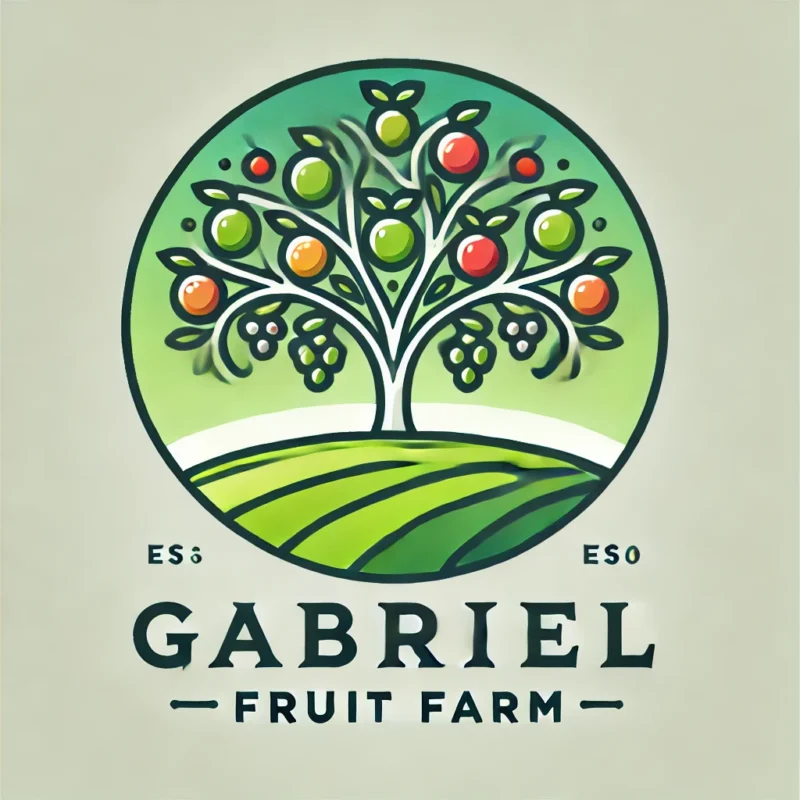








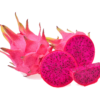

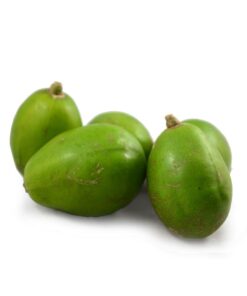

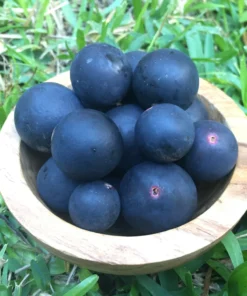
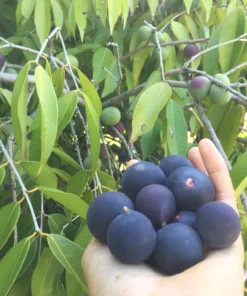
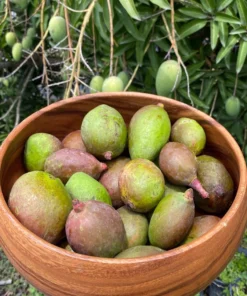
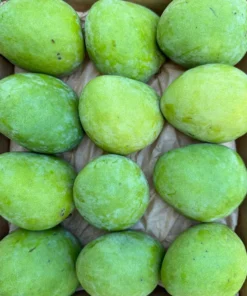
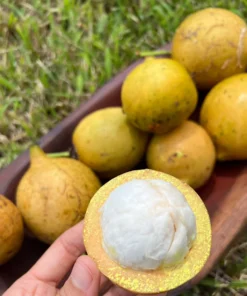
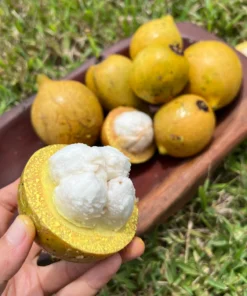
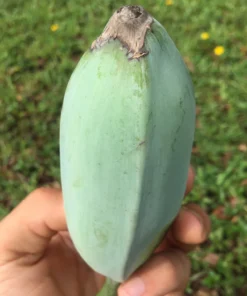
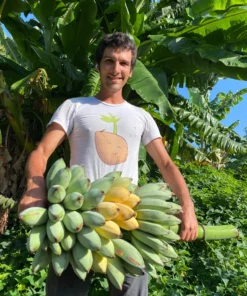
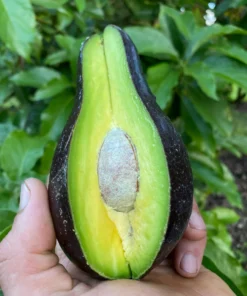
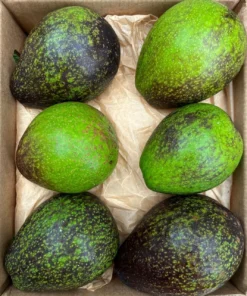
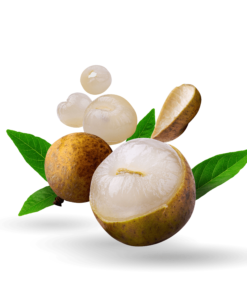
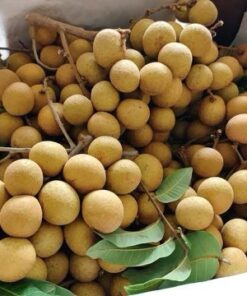
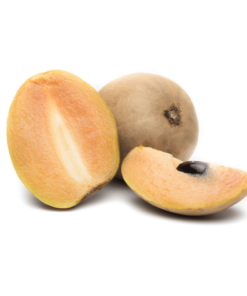


Reviews
There are no reviews yet.